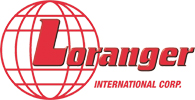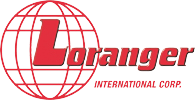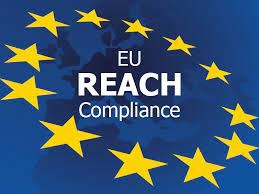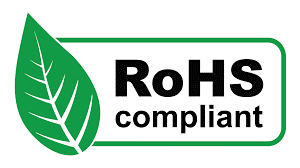Following is data on typical socket contact metals for burn-in and test use.
| Contact Metals | ||||||||
|
PROPERTIES
|
Units
|
Phosphor Bronze C51000 Grade A
|
Beryllium-Copper
C17200 (Alloy 25) |
Stainless Steel 302
|
Beryllium-Nickel Alloy 360 | Cu-Ni-Sn C72900 (Spinodal) |
Solder 63Sn37Pb (for reference) |
|
|
Density
|
lbs/inE3 |
0.320
|
0.302
|
0.290
|
0.299
|
0.323 |
0.304
|
|
|
Coefficient of Thermal Expansion
|
10-6 in/in-°F |
9.9
|
9.9
|
10.4
|
8.0
|
9.1 |
13.3
|
|
|
Electrical Conductivity
|
% IASC |
15
|
22
|
3
|
6
|
7.8 |
11.9
|
|
|
Tensile Modulus of Elasticity
|
10E6 psi
|
16
|
19
|
28.5
|
29
|
18.5 | 2.3 | |
|
Ultimate Tensile Strength (1)
|
10E3 psi |
58 to 110
|
152 to 212
|
85 to 110
|
215 to 270
|
130 to 195 |
4.4 to 6.7
|
|
|
Yield Strength (1)
|
x10E3 psi |
45 to 108
|
125 to 195
|
35 to 75
|
150 to 230
|
100 to 185 |
4.0 to 4.4
|
|
|
Elongation (1)
|
% in 2 inches
|
4 to 45
|
3 to 10
|
4 to 5
|
8 to 12
|
2 |
35 to 53
|
|
|
Rockwell Hardness (1)
|
C Scale
|
4
|
36 to 42
|
16
|
49
|
43 |
12.2
|
|
|
Endurance Strength
|
Stress 10E3 psi after 10E6 cycles in
reverse bending |
30
|
30 to 48
|
34
|
90 to 110
|
N/A |
1.5 to 2.3 (2) |
|
|
Recommended Temp Usage
|
°C max
|
100
|
175
|
300
|
350
|
225 |
140
|
|
(1).DEPENDS ON HEAT TREATMENT/WORK HARDENING
(2).DEPENDS ON NUMBER OF CYCLES RANGING FROM 2648-4292 AND CROSSHEAD SPEED
| Socket Contact Plating |
Plating is normally recommended for testing above ambient temperature to prevent oxide growth and thus reduce any contact resistance increase over time. Our standard is 30 micro inches (minimum) gold, applied per MIL-STD-4522058. Porosity is checked by examination under a 10X microscope for pores. Some cost savings may be realized by plating with 100 micro inches of solderable nickel. Solderable nickel offers good protection of the base metal at elevated temperatures and is therefore an option, however, normal shelf-life is five months (without use).



